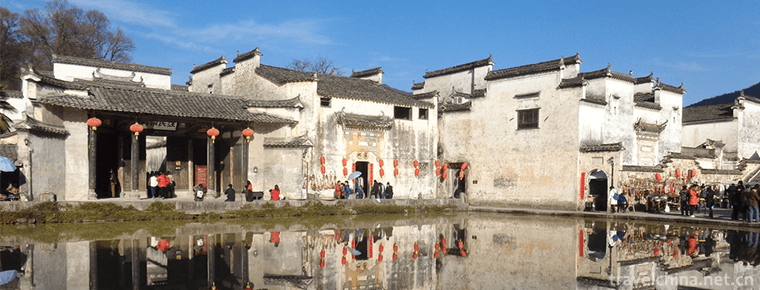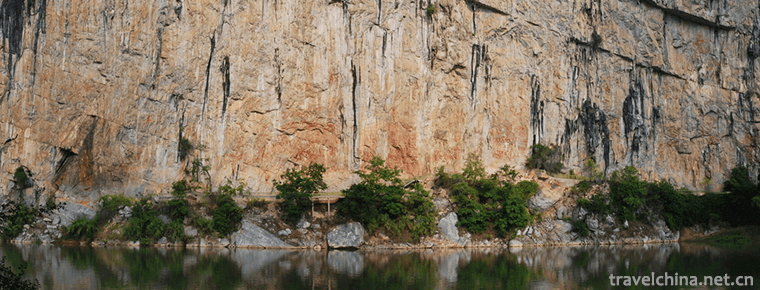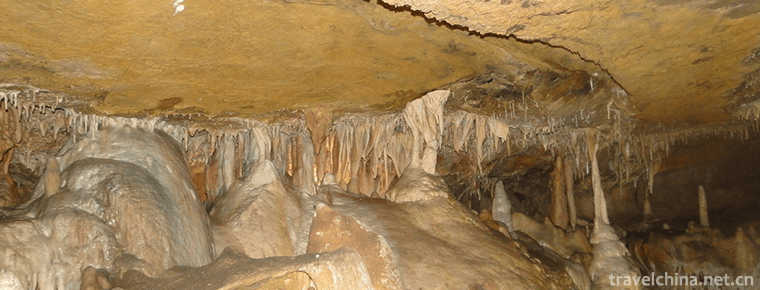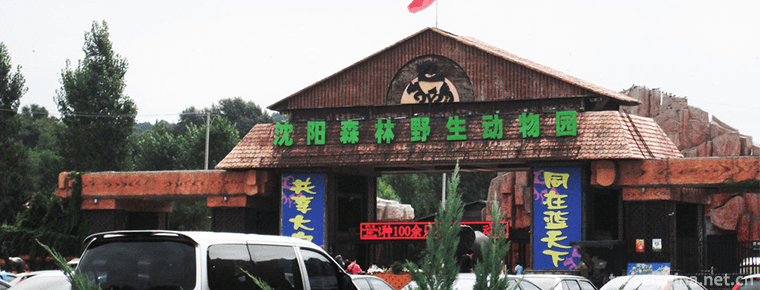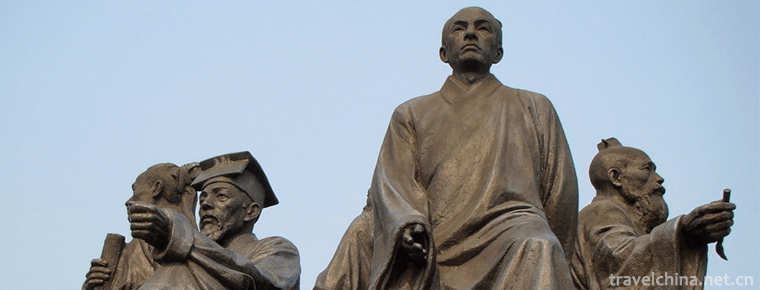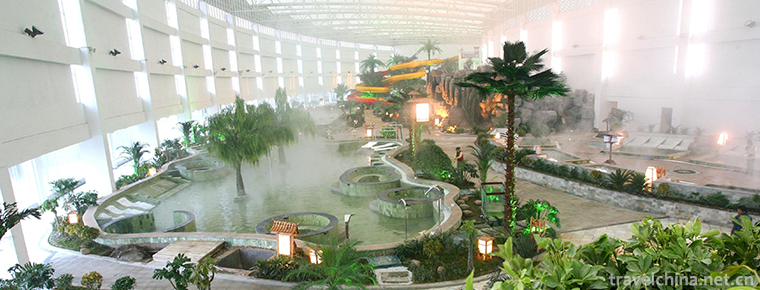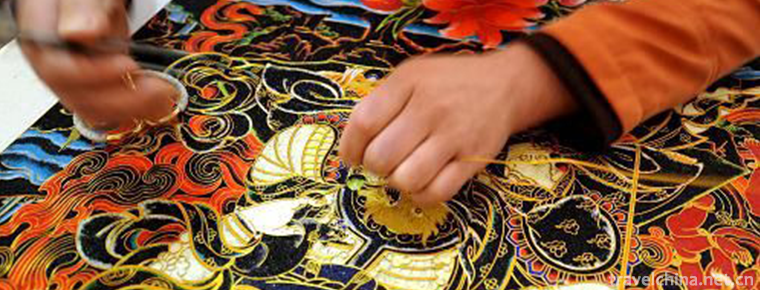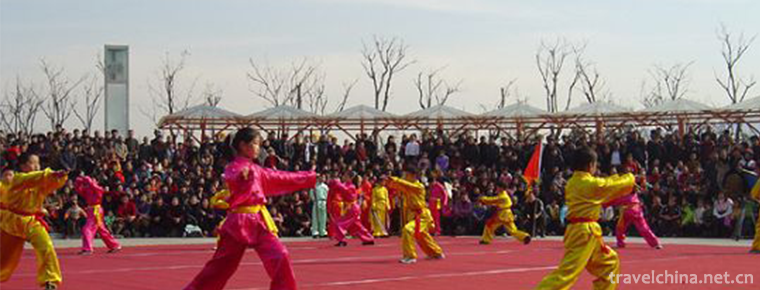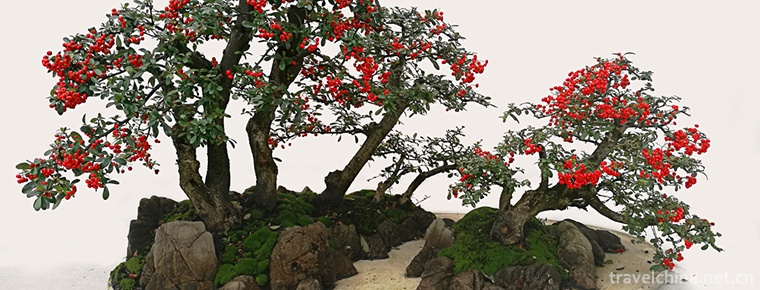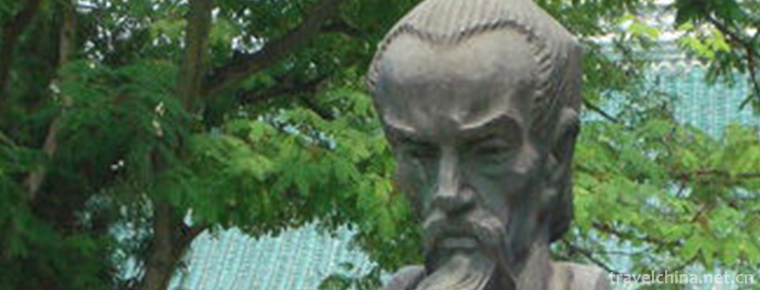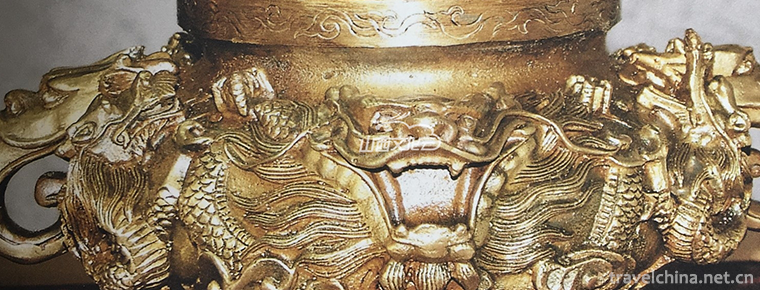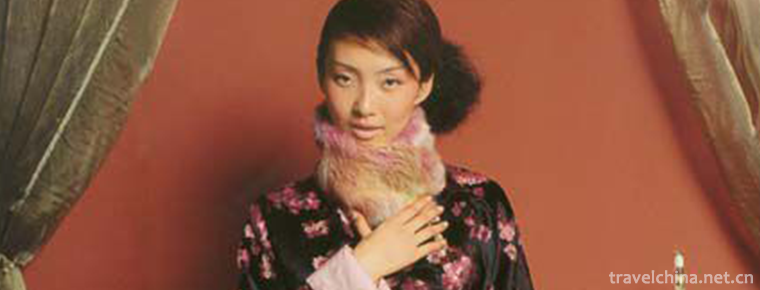Yarlung Zangbo Grand Canyon
The Yarlung Zangbo Grand Canyon is the deepest canyon on earth. According to the data released by the State Bureau of Surveying and Mapping, the Grand Canyon starts from the village of Daduka (3,000 meters above sea level) in Pailong County in the north, turns the Yarlung Zangbo River and goes south to the village of Baxika (115 meters above sea level, near Assam State, India) in the south of Tibet.
The 504.6 kilometers long, the deepest 6009 meters, the average depth of 2268 meters, is the world's largest canyon beyond doubt. It is much larger than the second largest Canyon in the world, the Grand Canyon in the United States (2133 meters deep, 370 kilometers long) and the Colca Canyon in Peru (3203 meters deep, 90 kilometers long).
There are four rare waterfalls on the canyon bed in the unmanned reach of the Grand Canyon, some of which fall between 30 and 50 meters. The canyon has nine vertical natural zones, ranging from alpine ice and snow zones to low valley rainforests, and brings together a wide range of biological resources, including 2/3 of the known higher plant species on the Qinghai-Tibet Plateau, 1/2 of the known mammals, 4/5 of the known insects, and 3/5 of the known large fungi in China.
It splits the mountain barrier of water vapor exchange between the Qinghai-Tibet Plateau and the Indian Ocean, and continuously transports water vapor to the interior of the plateau, thus making the southeastern part of the Qinghai-Tibet Plateau a green world, and some places a southern part of the Yangtze River in Tibet.
Yarlung Zangbo River turning: the general guide Jiafeng (Nanga peak) around the big turning of Nanga (in Linzhi County Pailong Township), the broad sense that the Yajiang River turning a lot of big, in Motuo County, there are about 12 kilometers of fruit pond turning and so on.
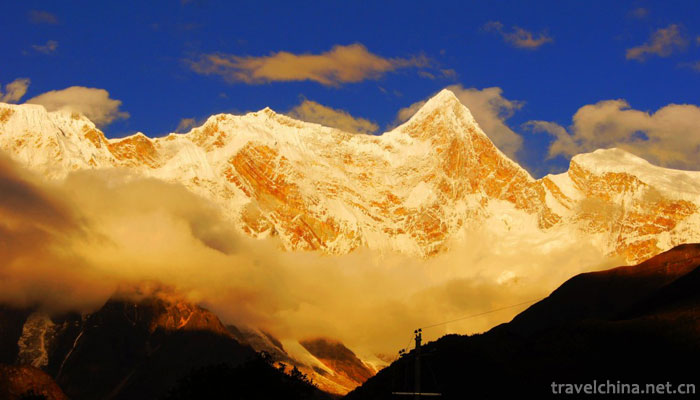
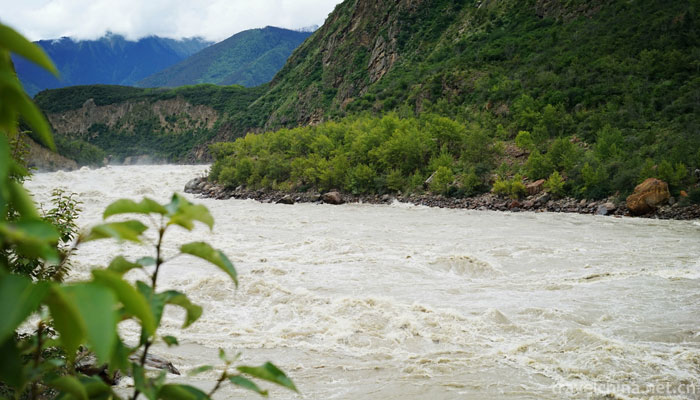
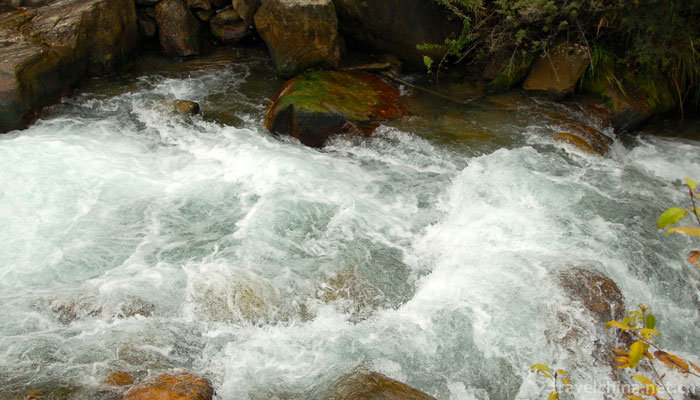
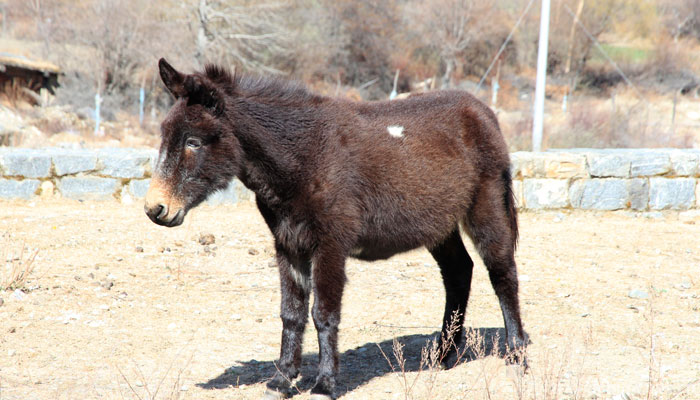
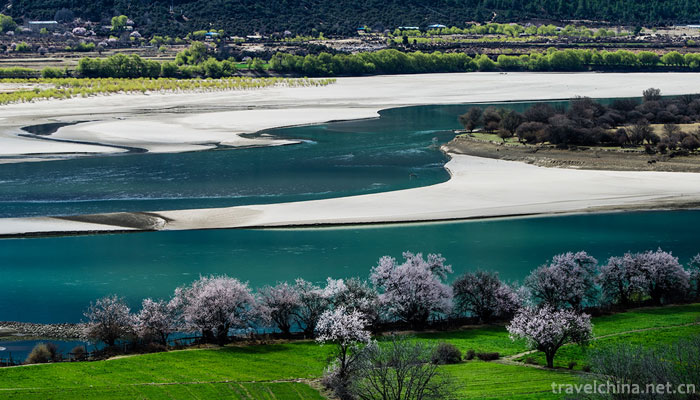
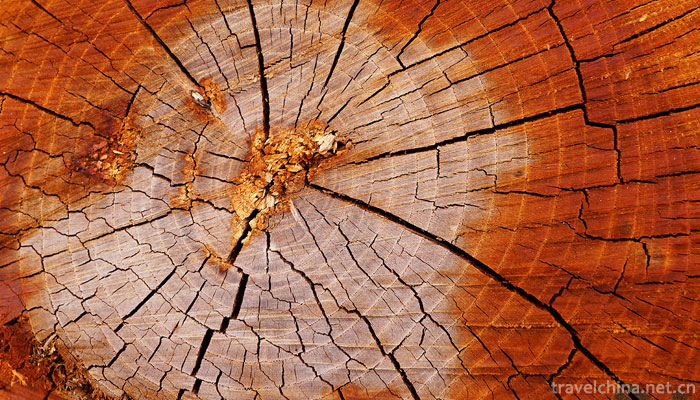
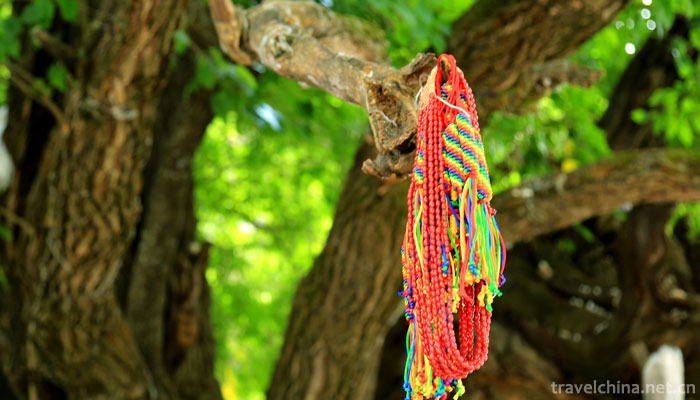
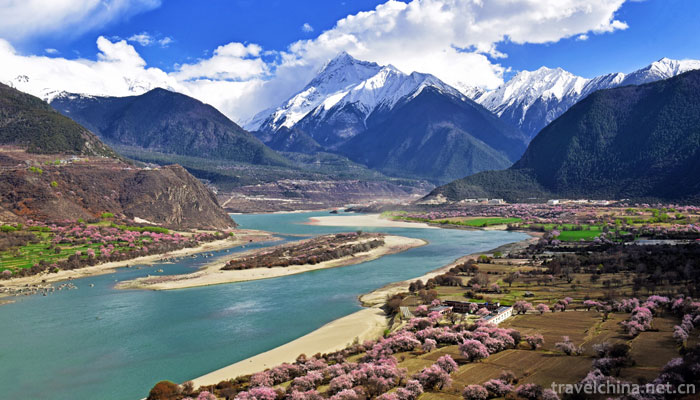
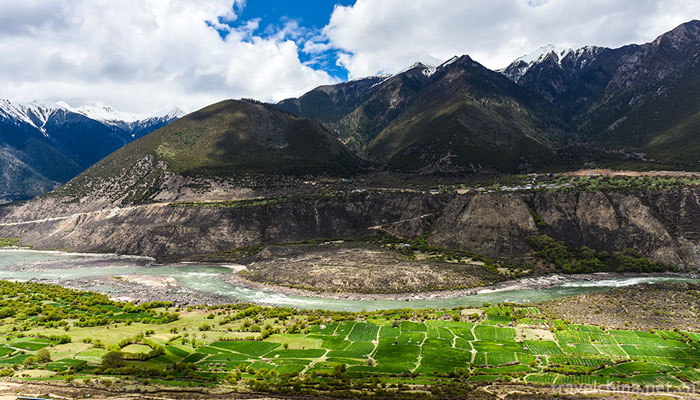
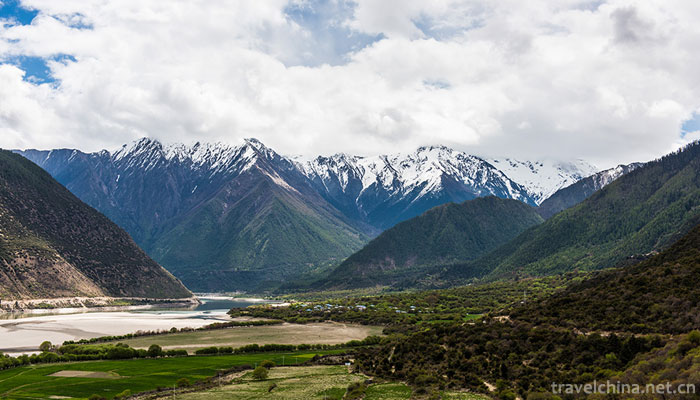
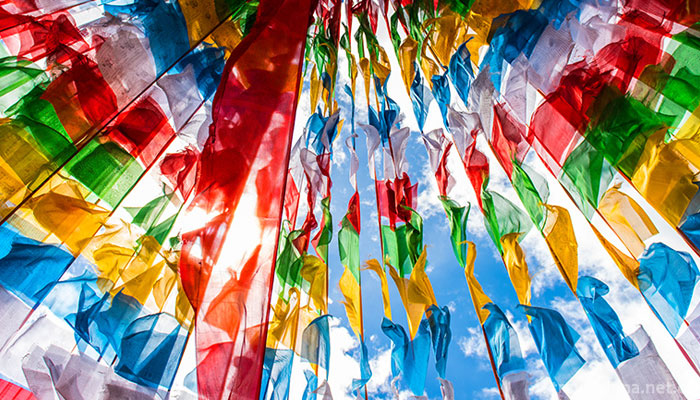
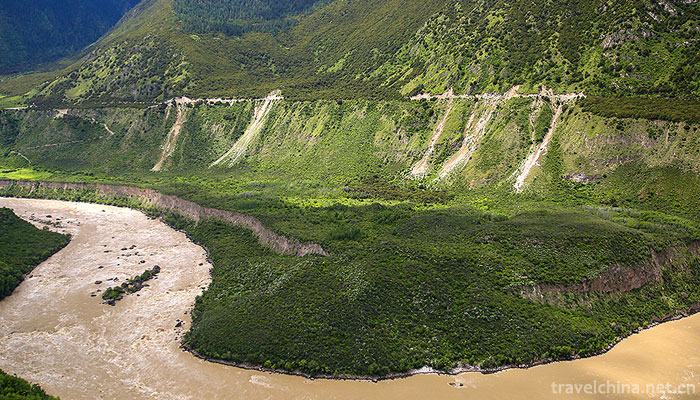
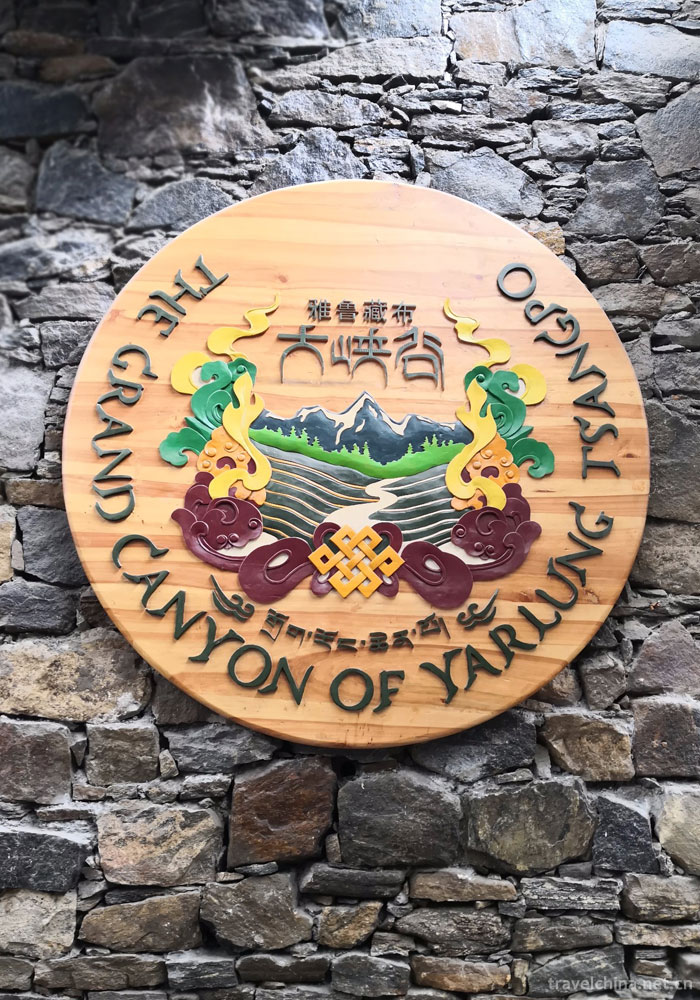
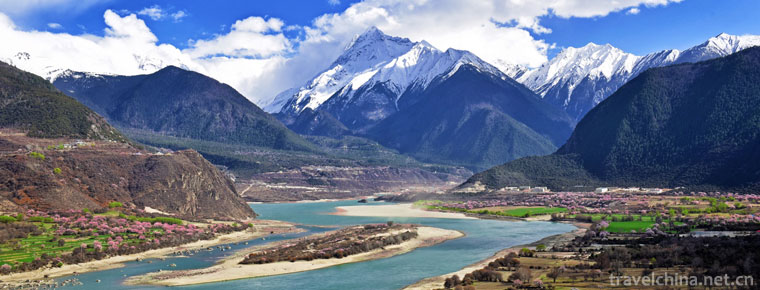
Yarlung Zangbo Grand Canyon
-
Ancient Villages in Southern AnhuiXidi and Hongcun
Ancient villages in southern Anhui refer to some traditional villages distributed in Anhui and Jiangxi provinces of China and south of the Yangtze River.
Views: 110 Time 2018-12-08 -
Huashan pictographs
Huashan rock paintings are located in the Zuojiang River and its tributary Mingjiang River valley of Chongzuo City, Guangxi (covering Ningming County, Longzhou County, Jiangzhou District and Fusui Cou
Views: 185 Time 2019-01-17 -
Lushan Karst Cave Group Scenic Area
Yiyuan Karst Cave Group is located in Nanlushan Town, 7 kilometers northwest of Yiyuan County. It has been proved that there are more than 100 caves in the area of 5 square kilometers around the ape-m
Views: 180 Time 2019-02-06 -
Shenyang Forest Wildlife Park
Shenyang Forest Zoo is a state-level forest wildlife park approved by the State Forestry Administration and the Ministry of Construction. Located in the Chebanshan International Scenic Tourism Develop
Views: 121 Time 2019-02-08 -
Shigu Academy
Shigu Academy, located in Shigu Mountain, Shigu District, Hengyang City, an important city in central and southern Hunan Province, is the birthplace of Huxiang
Views: 218 Time 2019-02-08 -
Tianmujiang Beishuicheng Hot Spring Resort
Tianmu Jiangbeishuicheng Hot Spring Resort is the third five-star resort hotel developed by Tianmu Group in Guanxian County of Shandong Province after Tianmu, Lushan Hot Spring Resort of Jiangxi Provi
Views: 246 Time 2019-02-21 -
Weaving Techniques of Tibetan Bangdan and Kapa
The woolen apron commonly used by Tibetan people is called "Bangdian" in Tibetan, which has the functions of decoration and cold resistance. Jiedexiu Town, Gongga County, Shannan District, T
Views: 176 Time 2019-04-05 -
Meishan Wushu
Meishan Wushu is a traditional school of Wushu which is spread in Hunan Province. Xinhua is an ancient and magical land. It has not only nurtured many historical celebrities, but also cultivated Meish
Views: 129 Time 2019-06-03 -
The technical skill of penjing
Bonsai art refers to the Soviet bonsai art, which originated in the Tang Dynasty, flourished in the Ming Dynasty, matured in the Qing Dynasty, and developed in modern times. Since the 1980s, Suzhou Bo
Views: 254 Time 2019-06-09 -
Legend of Qu Yuan
The legend of Quyuan is one of the local folklores in Zigui County, Hubei Province. The people of Zigui created and inherited folk literature with lyric and expressive expression by linking Quyuan wit
Views: 106 Time 2019-06-11 -
Bronze Ware Making Skills Datong Copper Ware Making Skills
Datong bronze ware is a traditional handicraft of the Han nationality. It has a long history and exquisite craftsmanship. As early as the Northern Wei Dynasty, it enjoyed a great reputation. Since the
Views: 168 Time 2019-06-21 -
Chinese Fashion Making Skills
Chinese style clothing (dragon and Phoenix cheongsam) originated from the late Qing and Qianlong dynasties, and is the inheritor of the Shanghai style cheongsam. Hengsheng's suit, which originated in
Views: 191 Time 2019-08-03
